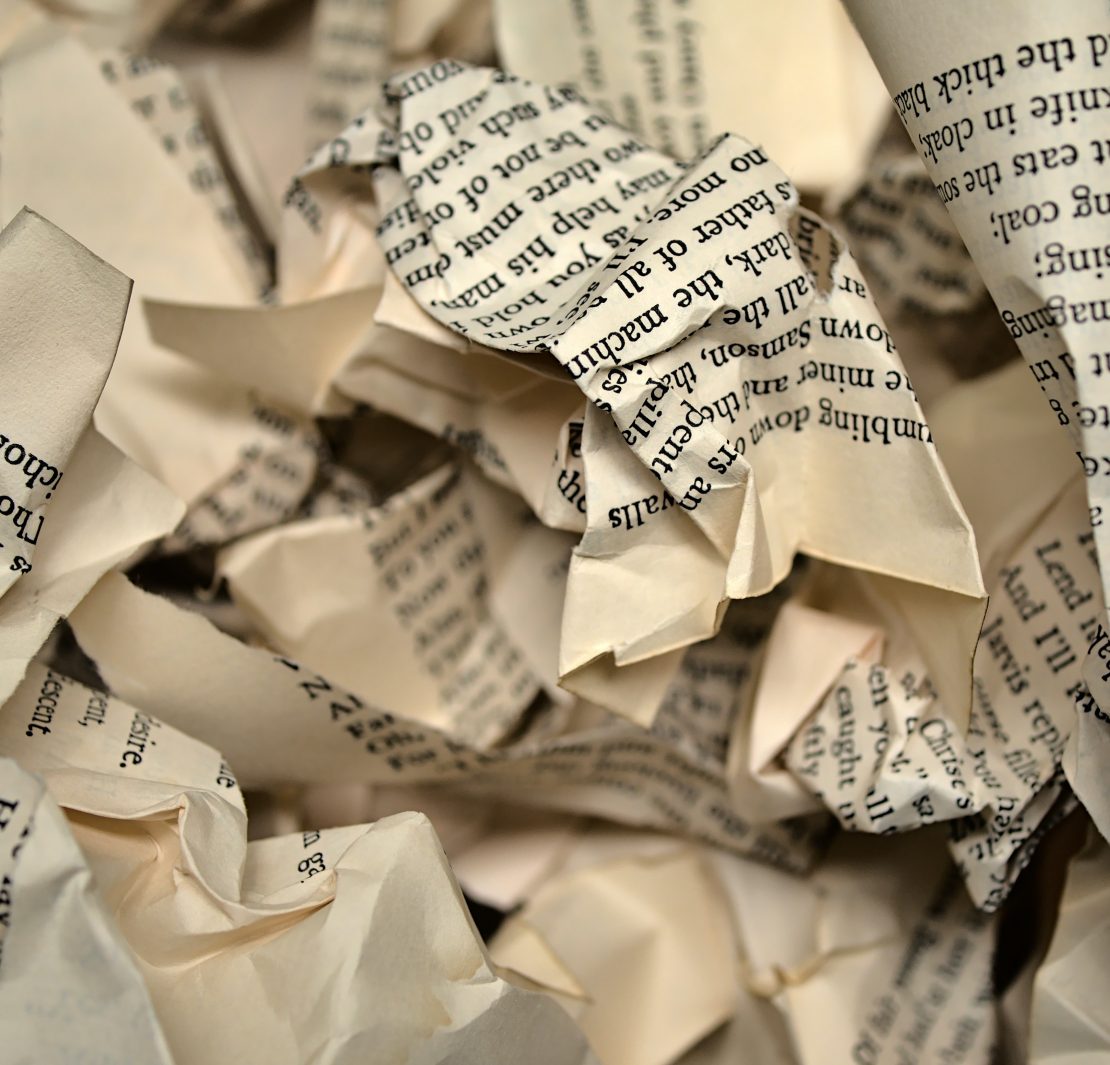As our society reaches the zenith of hyper-consciousness, the problems plaguing its language become apparent. Language is inherently political. Politics rooted deep in the history of a language determines its impacts (often devious) on an intended subject. This notion comes to light in the recent controversies stirred by this nation’s very elite and public figures over the use of “inappropriate” language while communicating with their audiences. TMKOC’s Munmum Datta and actress Yuvika Chaudhary’s brain fade moment over the use of a caste-ist slur highlight an indoctrinated linguistic problem of our society and we need to talk about it.
Consider the dominance of normalised caste-ist slurs in Indian society. For the uninitiated, terms such as ‘Bhangi’ (sweepers), ‘Chappri’ (roof layers), and ‘Chamar’ (leather-workers) are used to describe someone belonging to one of the many untouchable castes in India. Historically these groups have been subjected to violent forms of social and cultural exploitation, where even one’s touch was considered to contaminate.
Since these professions entailed work considered “dirty” by the (upper caste) norm, the dirt was never allowed to disassociated from the individual. On this idea, Mary Douglas, British Anthropologist in her influential work Purity and Danger (1966), notes on the notions of dirt that, “Dirt is essentially disorder. There is no such thing as absolute dirt: it exists in the eyes of the beholder. Dirt offends against order. Eliminating it is not a negative movement, but a positive effort to organise the environment”. Similarly, this associative (dirt) othering is primarily based on notions of cleanliness, not merely of the physical but philosophical cleanliness; to be clean then is to thrive in the homo-normative, relegating the rest, by deeming them impure or dirty (through mind, body and soul), to the fringes of our society.
In 2021, as the nation still “unconsciously” uses these terms through supposed modifications in its meaning, by essence they still aim to create a hierarchical hegemonic differentiation amongst people, a form of socio-politico-economic “othering”. While both Mummun Datta and Yuvika Chaudhry have since apologised claiming ignorance, this is the quintessential example of casteism thriving under the cloak of civility.
A comparable abhorrent practice is gaining momentum on social and mainstream media platforms, using the term “nibba and nibbi”, words reworked (by Indians on social media) to mean ‘young immature lovers’, in actuality is an alteration of the N-word. The term was initially used in earlier internet forums by individuals to avoid getting in trouble for using the N-word.
These re-contextualised words consciously/unconsciously but inevitably subjugate through triggering traumas and are thus offensive. Due to the weaponization of language and its oppressive nature, we must use it consciously, with care and consideration. Remember crucially that the semantic war doesn’t end here, as we’ve not even begun reading between the lines. In this perpetually downward spiralling helix where “boys will be boys”, the war has just begun!




Warning: Use of undefined constant ‘url’ - assumed '‘url’' (this will throw an Error in a future version of PHP) in /var/www/html/wp-content/themes/theissue/functions.php on line 143
Warning: Use of undefined constant ‘url’ - assumed '‘url’' (this will throw an Error in a future version of PHP) in /var/www/html/wp-content/themes/theissue/functions.php on line 143